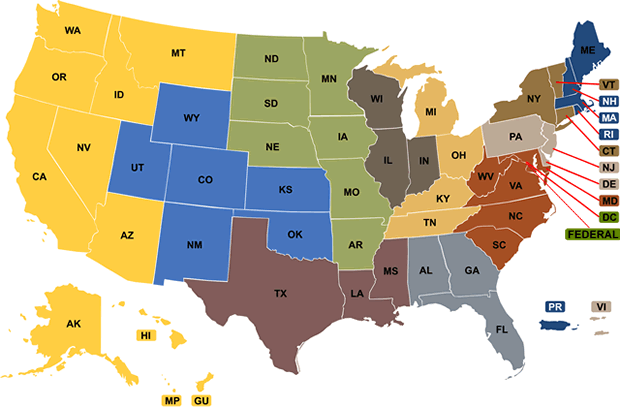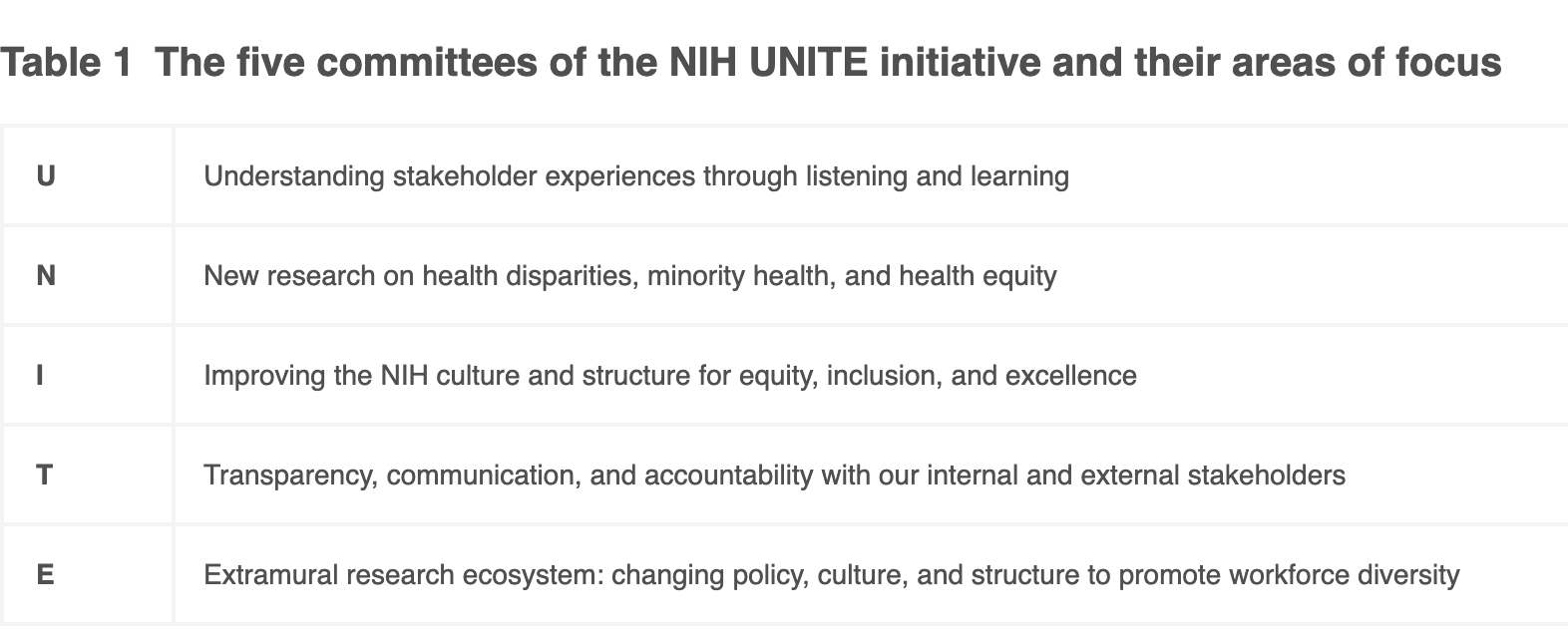Judicial Victory for Science and Equity
In a landmark ruling, the U.S. Court of Appeals for the First Circuit delivered a decisive blow to the Trump administration’s attempts to undermine scientific research by reinstating crucial funding through the National Institutes of Health (NIH). This unanimous decision on July 4, 2025, not only reinstates hundreds of research grants but also sends a clear message about the boundaries of executive power when it comes to public health and scientific integrity.
Targeting Diversity and Inclusion Initiatives
At the heart of this legal battle were the executive orders issued by President Trump earlier in 2025, which sought to eliminate NIH grants associated with diversity, equity, and inclusion (DEI) programs, and research focused on gender-related topics. These orders were widely criticized as being discriminatory and politically motivated, aimed at silencing voices and research that challenged the administration"s agenda. U.S. District Judge William Young, a Ronald Reagan appointee, condemned these actions as “void, illegal, and vacated,” declaring them an attack on the health and rights of marginalized communities. Young’s ruling emphasized that such indiscriminate cuts not only violated the Administrative Procedure Act but also reflected a broader pattern of bias against racial minorities and the LGBTQ community.

Circuit Assignments - Supreme Court of the United States
Implications for Public Health Research
The Court"s ruling is not merely a legal victory; it is a resounding affirmation of the importance of equitable access to scientific funding. As reported by Science, the cuts had already disrupted essential health research, particularly studies focusing on health disparities and transgender healthcare. By restoring funding, the court ensures that critical research can continue, potentially saving lives and advancing our understanding of health issues that disproportionately affect marginalized groups.
Political Ramifications for the Trump Administration
The implications of this ruling extend far beyond the courtroom. As the 2026 midterms loom, Trump’s administration is facing increasing scrutiny over its policies that appear to prioritize ideological conformity over scientific integrity. This ruling could serve as a rallying cry for Democrats and progressive activists who seek to portray Trump’s administration as chaotic and discriminatory. The backlash against the NIH cuts may energize voters who are concerned about the erosion of scientific standards and the integrity of public health initiatives.

NIH Aims to Boost Diversity and Inclusion Within Its ...
The Ongoing Battle for Scientific Integrity
While the First Circuit’s decision marks a significant victory for scientific integrity, the legal battle is far from over. The Trump administration’s appeal and its arguments regarding jurisdiction raise important questions about the future of executive authority in matters of public health funding. The court"s denial of a stay on Young"s order ensures that NIH grants must be restored, but the broader implications for executive power and scientific inquiry remain unsettled. As noted in the judicial opinions, the administration"s actions have created chaos and uncertainty, undermining the foundational principles of democratic governance and civil rights that should guide our nation"s health policies.
The ruling is a potent reminder that the judiciary can serve as a crucial check on executive overreach, particularly when it comes to issues that affect public health and the rights of marginalized populations. The court’s willingness to confront the administration"s “unreasoned agenda” reflects a commitment to uphold the rule of law and protect the integrity of scientific research from political manipulation.





![[Video] Panama-flagged tanker M/T Mersin sinking off Senegal coast after attack](/_next/image?url=%2Fapi%2Fimage%2Fthumbnails%2Fthumbnail-1764510080363-qnetqq-thumbnail.jpg&w=3840&q=75)


